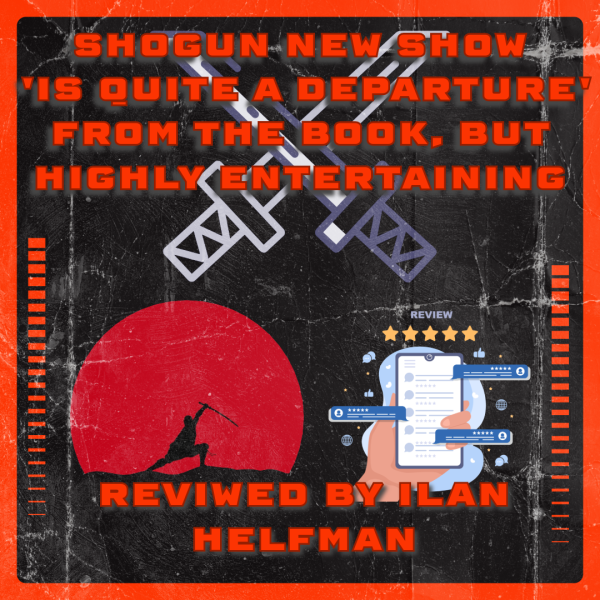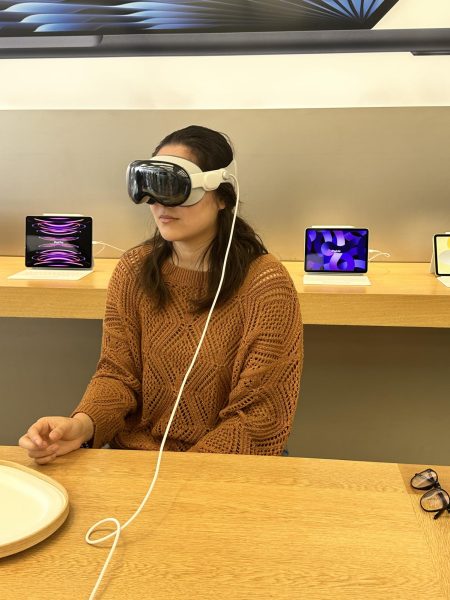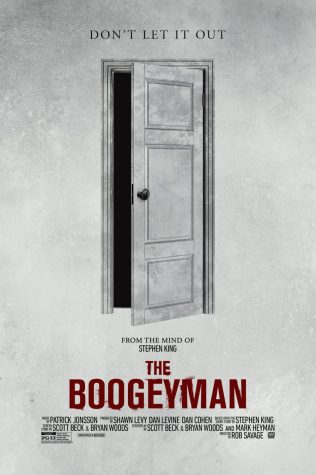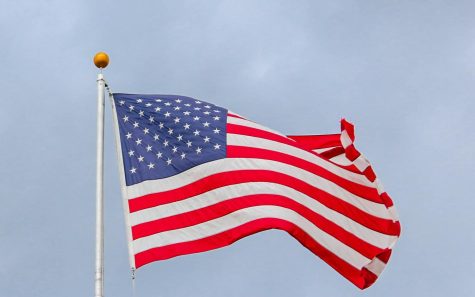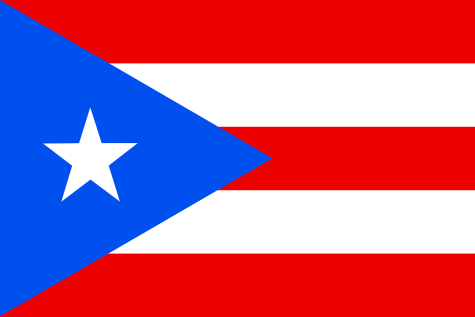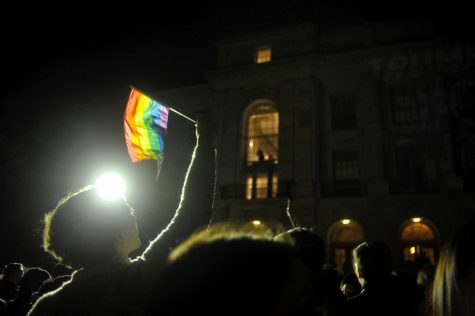You are not your culture
Professors, administrators must break gender bias in science
March 1, 2017
The Center for Science Excellence at Contra Costa College has a total of 810 alumni who have moved through the program since 1997. But only about 40 percent of them are women.
According to the state Chancellor’s Office online Datamart, about 60 percent of students at CCC during the 2015-16 academic year were female.
The CSE program has recently sponsored various on-campus events, like the Society of Hispanic Professional Engineering (SHPE) Club’s open forum, which encourage students to pursue a profession in science, technology, engineering or math (STEM).
But out of about 7,000 students enrolled at CCC as of the Feb. 6 census date, only 31 students are in the CSE, 12 of which are women, CSE program Coordinator Seti Sidharta said.
Because there are stiff requirements to join the CSE — students must be enrolled in 12 units, be a STEM major, be eligible for financial aid fee waivers and volunteer nine hours a semester to help other STEM students — it makes sense that there are only 31 students enrolled in the program.
Many CCC students are STEM majors and not in the CSE, but this shows that there is still work to be done in terms of promoting gender equity in science and math fields.
New on-campus groups like the Women Advancing Via Engineering and Science (WAVES) club is a huge step in empowering women interested in science. But the college should do more to target the underlying issue that hinders women from entering a STEM major or field — cultural misogyny.
We cannot fear talking about how low income families often discourage their daughters from pursuing their dreams because of cultural norms, citizenship status or financial issues.
CCC’s service area is predominately made up of Latino, African-American and Asian communities. Families in these communities are either strongly tied to religion, which tends to fit women into a submissive stereotype, or to their citizenship status.
Fear is not new to these communities, but hope is a commodity many cannot afford.
It is important to recognize that not every man in these groups is a sexist or enjoys repressing women. Most simply do not know what their daughters are capable of accomplishing in a STEM field.
Names like Rosalind Franklin, a Jewish molecular biologist who used X-rays to produce the first image of DNA in the 1940s, or Mae Jemison, an African-American physicist and astronaut, are unknown to people living in these communities.
As a public institution, CCC needs to lead through example. Now that it is Women’s History Month, groups on campus should host discussions with the community at local town hall meetings, or at K-12 campuses.
When fear and misunderstanding are prevalent in communities, seizing the American Dream is not about going to school — it is about making money. It is about survival.
Instead public institutions of higher learning, like CCC, have to go out into the community and explain that college is not about money, or reinforcing culture.
It is about finding who you are as a person — it’s about creating your own culture.
Professors, counselors and administrators need to go into the community and host discussions about race, religion and income to help make a profession in STEM a tangible dream for young West County women.




